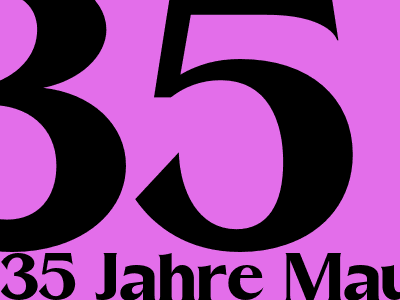
35 Years After the Fall of the Berlin Wall: How John Paul II Helped Unify Germany
- John Paul II's Role in the Peaceful Revolution of 1989
On November 9, 1989, the Berlin Wall fell, marking a pivotal moment in world history. The peaceful revolution that led to the fall of the wall was the result of many factors, including the courage of the people of East Germany, the support of the West, and the prayers of millions around the world. Among those who played a key role in the events of 1989 was Pope John Paul II.
- John Paul II's Support for Solidarity in Poland
John Paul II, who was born in Poland, had long been a critic of communism. In 1979, he became the first pope to visit Poland, and his message of hope and freedom inspired the Solidarity movement. Solidarity was a trade union that emerged in Poland in the early 1980s, and it quickly became a symbol of resistance to communist rule.
- John Paul II's Visit to East Germany
In 1989, John Paul II visited East Germany, and his presence gave hope to the people there. He spoke out against the communist regime, and he called for freedom and democracy. His visit was a turning point in the peaceful revolution that led to the fall of the Berlin Wall.
- John Paul II's Legacy
John Paul II died in 2005, but his legacy continues to inspire people around the world. He was a tireless advocate for peace and freedom, and he played a key role in the fall of the Berlin Wall. Thanks to his efforts, Germany is now a unified country, and the people of East Germany enjoy the same freedom and democracy as the people of West Germany.
- Conclusion
The fall of the Berlin Wall was a major event in world history, and John Paul II played a key role in making it happen. He was a tireless advocate for peace and freedom, and his legacy continues to inspire people around the world.